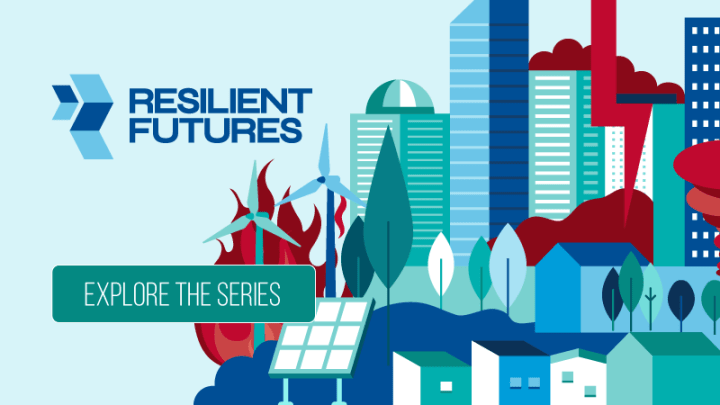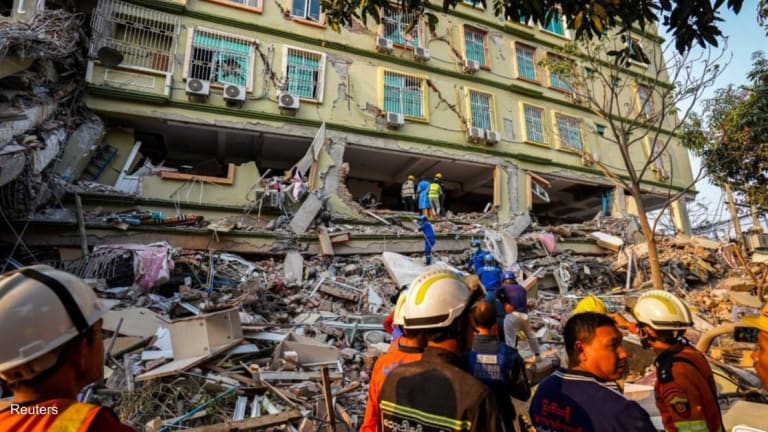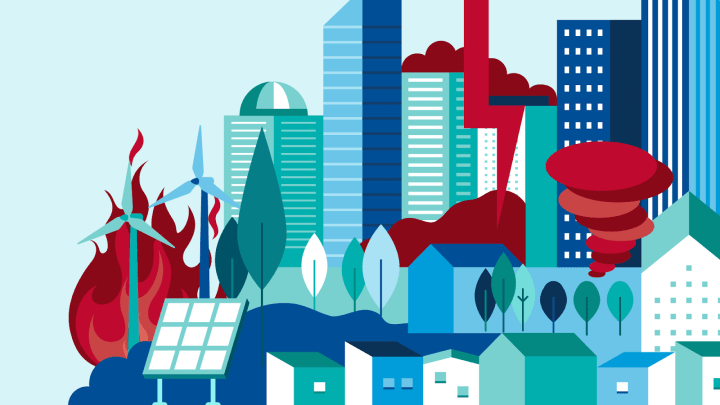
Disasters and natural hazards can cause loss of life, damage homes and infrastructure, and disrupt essential services. They can also negatively impact livelihoods, the environment, and the economy.
Floods, avalanches, tsunamis, earthquakes, and volcanic eruptions are not necessarily dangerous in and of themselves; they are phenomena that occur as part of the Earth's normal environmental cycle and processes.
For example, mountain chains like the Himalayas and the Andes are formed by tectonic plates moving underneath and against each other. Ocean floors expand from magma flowing up from fractures in plates and then cooling and hardening.
This same tectonic plate activity can cause earthquakes, tsunamis, and volcanic eruptions that become disasters when they affect human life.
For example, the Ring of Fire in the Asia-Pacific region is renowned for its volcanic eruptions and earthquakes caused by tectonic movement, including activity between the Pacific, Indian-Australian, and North American plates. This is nothing new to scientists, and most people go about their daily lives unaware of what is happening beneath the surface.
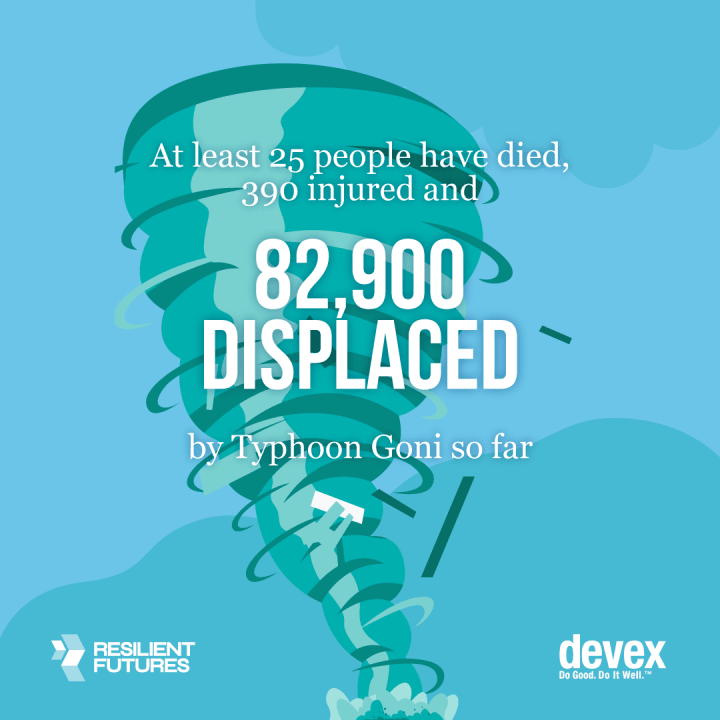
Humans vs. nature
When humans come into the picture, however, the situation gets complicated.
ReliefWeb reports some 30 ongoing disasters caused by natural hazards — mostly typhoons, floods, and landslides in 2020 — out of a total of 36, including man-made disasters.
Typhoon Goni and Typhoon Vamco are currently wreaking havoc across the Philippines, with Goni alone displacing over 80,000 people, according to the United Nations’ humanitarian agency, OCHA, with additional damage caused by three cyclones in October.
Meanwhile, floods and storms in Vietnam, Cambodia, and other parts of Southeast Asia have killed almost 40 people and damaged homes, buildings, and potentially food crops and land as well. Floods in sub-Saharan Africa also account for several of the disasters this year.
Izmir, Turkey’s third-largest city, was hit by a 7.0 magnitude earthquake on Oct. 30, with over 110 people dead and hundreds more injured to date. Haiti, which experienced a catastrophic earthquake in 2010, was hit by a cholera outbreak, a hurricane, and another major earthquake in 2018, struggling to recover after each disaster.
Many cities and countries are only occasionally impacted by disasters, but for several others, effectively dealing with disasters has become essential for survival and sustainable development. Indonesia, whose archipelago is partially formed by tectonic activity, is one of the nations most prone to earthquakes and volcanic activity. The country is home to a substantial number of the world’s active volcanoes, with at least 120 in total. Of the 61 eruptions in 2020, 11 occurred in Indonesia.
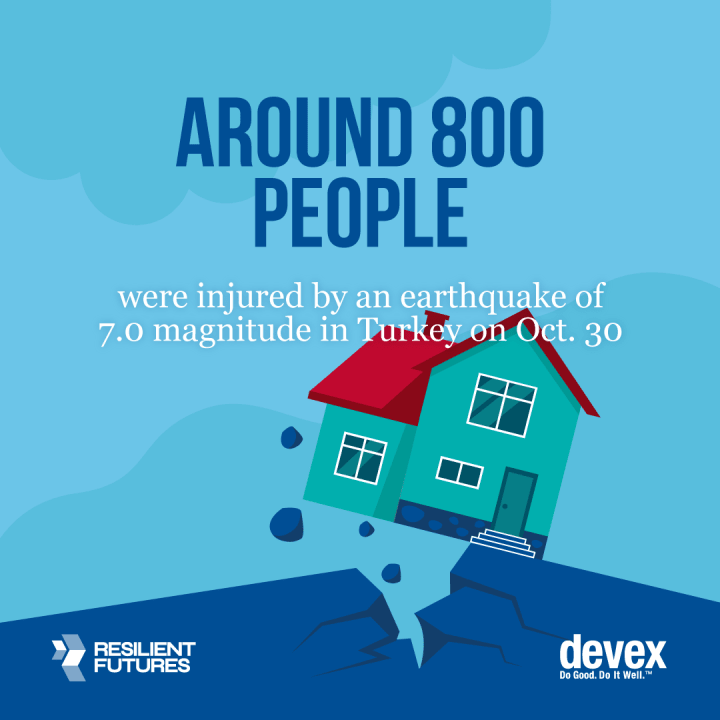
Determining risk
There are a variety of ways for communities, governments, and scientific experts to measure the risk of specific natural events and determine when they are disasters.
For instance, floods are generally categorized by how likely they are to happen in a certain time period, such as 10, 50, or 100 years. A 100-year flood would be a wide-scale and severely destructive event, while a 10-year flood would also be detrimental but far less so in relative terms.
The Richter scale and modified Mercalli scale are used to measure the magnitude and intensity of earthquakes, while the enhanced Fujita scale evaluates tornadoes and their level of impact.
Some local activists also advocate for traditional knowledge to inform risk assessments and complement scientific knowledge.
The effects of climate change may also be intensifying — and accelerating the frequency of — natural hazards and disasters, making some assessments of risk more challenging as seasons become more variable.
Urban resilience
Cities prone to disasters are already aware of the challenges of building resilience. But with 60% of the world’s population predicted to live in urban areas by 2030, the situation could worsen, especially for those currently facing complex socioeconomic challenges.
With informal settlements sometimes comprising the bulk of the biggest urban hubs in the world, resources are already under contest. Housing, water and sanitation, energy, internet and communications, and transport networks are already inadequately provided and unevenly accessible. Shocks caused by disasters could worsen the situation for those already vulnerable.
Response and recovery efforts can be costly. And although a $1 investment in resilient infrastructure can reap a $4 to $15 return, 90% of funding still goes toward disaster response and recovery rather than mitigation and prevention.
Just as scientists and disaster experts have come up with standardized ways to measure risk, a range of policies, legislation, and tools have been developed by NGOs, U.N. agencies, and national and local governments to assess how resilient cities are and what they can do to improve their capacity to withstand and manage risk. These can help, but political will from both communities and governments to invest in disaster mitigation and prevention is key.
Visit the resilientfutures.devex.com series for more coverage on the practical ways cities can build resilience and reduce disaster impact. You can join the conversation using the hashtag #ResilientCities.
